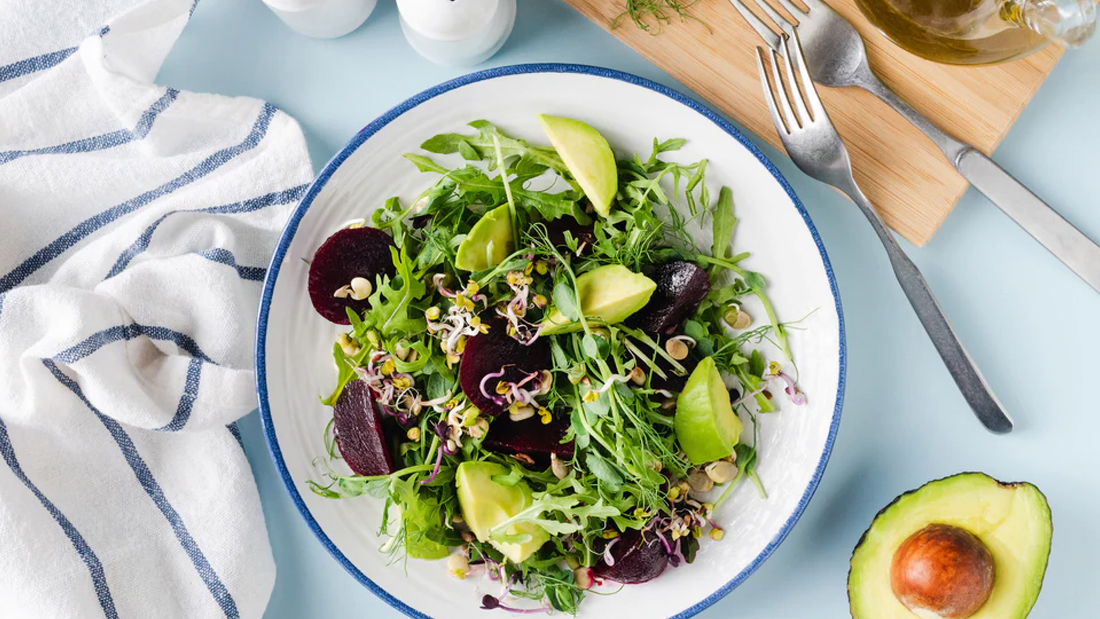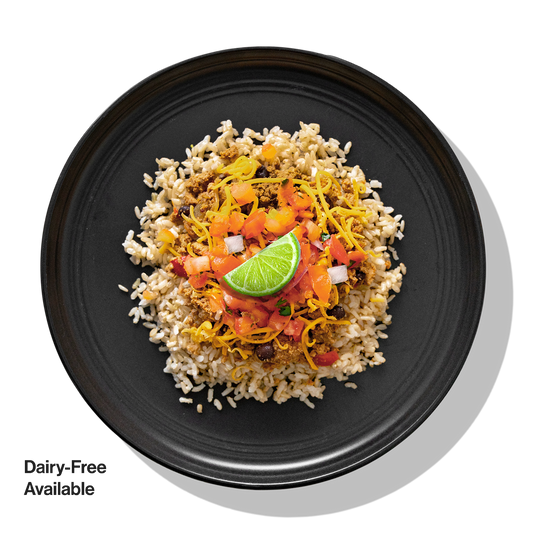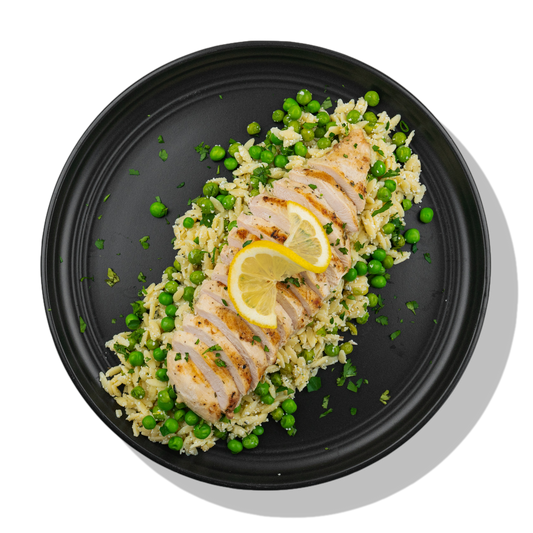FEEDING YOUR BABY BRO
Hillary Cecere MS, RDN
Your sweet little baby is officially here! Yay!
The first few months with your new baby will be some of the most magical, scary and crazy times of your life. Get ready to experience a whole new level of love and responsibility. One of the first big decisions you will make as a new mom will be how you want to feed and nourish your little peanut.
YOUR LITTLE ONE, YOUR FEEDING CHOICE
New babies need to eat every 2-3 hours and choosing how to feed your baby will be a big decision that is completely personal. Although I am a big proponent for breastfeeding if you are medically able to do so, I know it is not the best option for every family. Some women struggle to breastfed and some babies struggle to latch. Some women must return to work after only a short leave and think pumping isn’t an option (know your rights and the law!). Some babies might require supplementation with formula for healthy growth.
Whatever you decide…. whether it’s to breastfeed, to formula feed or to combo feed…. you are doing awesome.
YOUR NEW & HUNGRY BABE
The American Academy of Pediatrics recommends that babies be exclusively breastfed for the first six months and continue to breastfeed after solids are introduced for at least the first year. Your newborn will nurse 8-12 times per day for about 15 minutes from each breast. This can be done on demand as you get more familiar with your baby’s hunger cues. In the beginning, you will feel like your entire day is breastfeeding!
Feeding yourself during this time is equally important! YOU WILL BE OH SO HUNGRY… your body is doing a ton of work to produce breastmilk! This is not the time to worry about losing the baby weight. Instead, focus on eating nutritionally dense foods. Your primary job right now is to feed your baby. The amount of time you will have to feed yourself will be limited. My tips for this chaotic time are to prepare meals before baby and freeze them, stock up on ECB meals and/ or ask friends and family to bring food when they visit (everyone wants to help!)
Formula fed babies will need 2-3 ounces every 2-4 hours. Finding the right formula is sometimes trial and error. Prepare formula according to the manufacturer’s instructions on the label. Usually it’s 1 scoop of formula powder to 2 ounces of water. Adding too much formula powder can result in constipation and too little powder can result in poor growth. Choose a nipple that is labeled level 1, slow flow, natural flow, newborn flow or baby-controlled flow to start.
You can determine if your baby is getting enough to eat by if your baby is producing 6-8 wet diapers, pooping regularly and seems satisfied. Your pediatrician will determine if your baby is getting enough to eat by measuring baby’s weight and growth. If you are ever concerned about if your baby is hungry or getting enough to eat, ask your doctor.
MAKE A FEEDING PLAN AND BE PREPARED TO REVISE IT
After I had my first, I made it a goal to breastfeed for at least 6 months. I had no idea what to expect but as a dietitian I was familiar with the nutritional, immunological and environmental benefits of breastfeeding. My plan was to breastfeed while I was home with her on maternity leave for 12 weeks and once I went back to work, to pump 3 times per day. What no one told me was that breastfeeding doesn’t always come naturally and can take some work. In the first 2 weeks after she was born, I struggled to get her to latch and had to pump and bottle feed her. I continued to practice with her until we finally got it. I ended up breastfeeding and pumping for 12 months. We also used formula if my pumped milk stash ever got too low.
With baby number two, I made the goal to breastfeed for 12 months. I thought I knew what to expect. But, my second baby had a 9-day NICU stay because she was preterm. So, my plan changed again. I never got the opportunity to let her latch immediately after birth. I watched her in an incubator, and I had to set alarms every 2-3 hours that reminded me to pump. The pumped milk was used to nourish her through a feeding tube. Once she was able to breastfeed, she latched immediately and refused bottles. I exclusively breastfed her for 6 months and weaned her at 18 months.
Every baby is different, and every feeding journey is different. My plan for baby number three is to breastfeed her when I’m with her and pump when I am away from her. My goal is to do this for the first year of her life. I fully realize that this plan will likely change as it did for my other girls. I still recommend having a feeding plan and a goal but being flexible if things change (because they will). What is most important is that your baby is fed.
INTRODUCING SOLIDS (TRADITIONAL)
The traditional way to introduce solids is by spoon feeding your baby cereals and pureed fruits, vegetables and meats. Some moms start purees around 4 months and others wait until closer to 6 months. With my first baby, I introduced solids to her at 5 months with mashed avocado diluted with breastmilk.
You can decide if your baby is ready for solid food if they are demonstrating good head control, sit well when supported and if they are curious about food. Once you introduce food, start slow! Introduce foods one feeding per day, one food at a time and with just a couple of teaspoons. A good time to try solids is after a nap and a short breast or bottle feeding so your baby isn’t too tired or hungry. If your little BRO isn’t interested, that’s okay, try again another day. Pay attention to baby’s cues and be a responsive feeder. If baby is turning away or spitting out food, don’t even push just one more spoonful.
BABY LED WEANING
I did baby led weaning with my second baby and plan to do it again with my third baby. This is a newer method that skips purees and goes right to finger foods. Baby led weaning, also called baby led feeding, should start closer to 6 months. This method allows your baby to explore textures and flavors. Research has indicated that babies who are introduced to solids through baby led weaning develop a more varied food preference (i.e. less picky!). Research also indicates baby led weaning is a better approach for baby to learn about self-regulation during eating. Baby will stop eating when they are full because they are in control.
During baby led feeding, the foods offered need to be safe and easy to eat. In the beginning when baby still lacks pincer grasp, food should be cut into longer, skinny strips and should be cooked until soft or well ripened. I introduced my baby to solids with strips of ripe pear, slices of mango, shredded chicken, cooked carrots, steamed green beans, peeled and baked sweet potato, avocado slices and hardboiled eggs. Once baby is around 8 months, food can be cut into smaller pieces because they can grasp it easier. Always supervise your baby when they are eating!
I loved watching my little foodie explore tastes and textures, but just know that baby led weaning is messy. A lot of food will end up on baby and the floor. You have been warned!
FOOD ALLERGY PREVENTION
When introducing solids to your baby, it’s important to introduce common allergenic foods before 12 months in an age appropriate manner. Common allergen foods are peanuts, tree nuts, eggs, wheat, milk, soy, sesame, fish and shellfish. Once you have introduced these foods without a reaction, offer them often.
EAT TOGETHER
My last feeding tip is to start the habit of family meals early and don’t stop! The benefits of family meals are huge and ongoing. Share a meal, offer nourishing foods, talk and remind your kids how cool they are!







